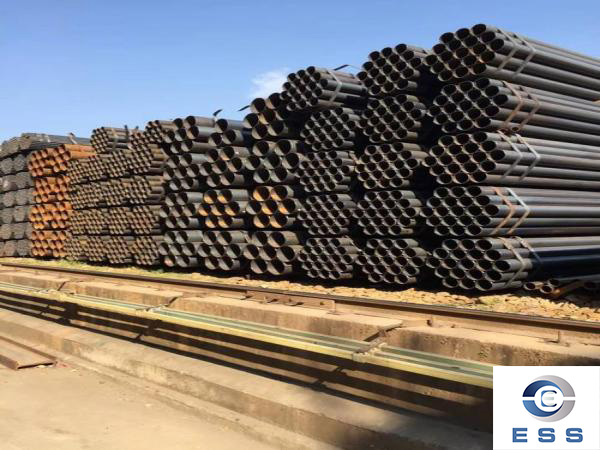Hardness of welded pipe and influencing factors

Concept and influencing factors of welded pipe hardness
The hardness of welded pipe refers to the hardness value of the pipe surface after welding, usually expressed as Vickers hardness or Rockwell hardness. The hardness value of welded pipe is affected by many factors, including welding process, welding materials, heat treatment, etc.
Common range of values of welded pipe hardness
The range of values of welded pipe hardness varies depending on the purpose of the pipe. Generally speaking, the hardness value of welded structural steel pipe should be between 150~220HV, the hardness value of welded low-alloy high-strength steel pipe should be between 180~240HV, and the hardness value of
welded stainless steel pipe is generally between 200~240HV. It should be noted that different standards have different requirements for the hardness of welded pipes. The specific values can refer to the corresponding standards.
Analysis of factors affecting the hardness of welded pipes
1. Welding process: The welding process has a greater impact on the hardness of welded pipes. High temperature, cooling and other processes will occur during the welding process. These factors will affect the hardness of the pipe.
2. Welding materials: Different welding materials have different hardness values. The welding materials used in the welding process will directly affect the hardness of the welded pipe.
3. Pipe composition: The composition of the pipe also has a great influence on the hardness of the welded pipe. Different pipe compositions have different hardness values. For example, the hardness values of low-alloy high-strength steel and stainless steel pipes will also be different.
How to control the hardness of welded pipes
In view of the influence of the above factors, we can control the hardness value of the pipe by controlling the welding process, selecting suitable welding materials, and performing appropriate
heat treatment. At the same time, in the production process, we must strictly follow the requirements of various standards to ensure that the hardness of the produced welded pipe meets the requirements.
In short, the hardness of the welded pipe is an important indicator and is of great significance to the use of pipes. By understanding the range of pipe hardness values, influencing factors and control methods, we can better carry out the production and maintenance of pipes.













 Eastern Steel Manufacturing Co.,Ltd not only improve product production and sales services, but also provide additional value-added services. As long as you need, we can complete your specific needs together.
Eastern Steel Manufacturing Co.,Ltd not only improve product production and sales services, but also provide additional value-added services. As long as you need, we can complete your specific needs together.










